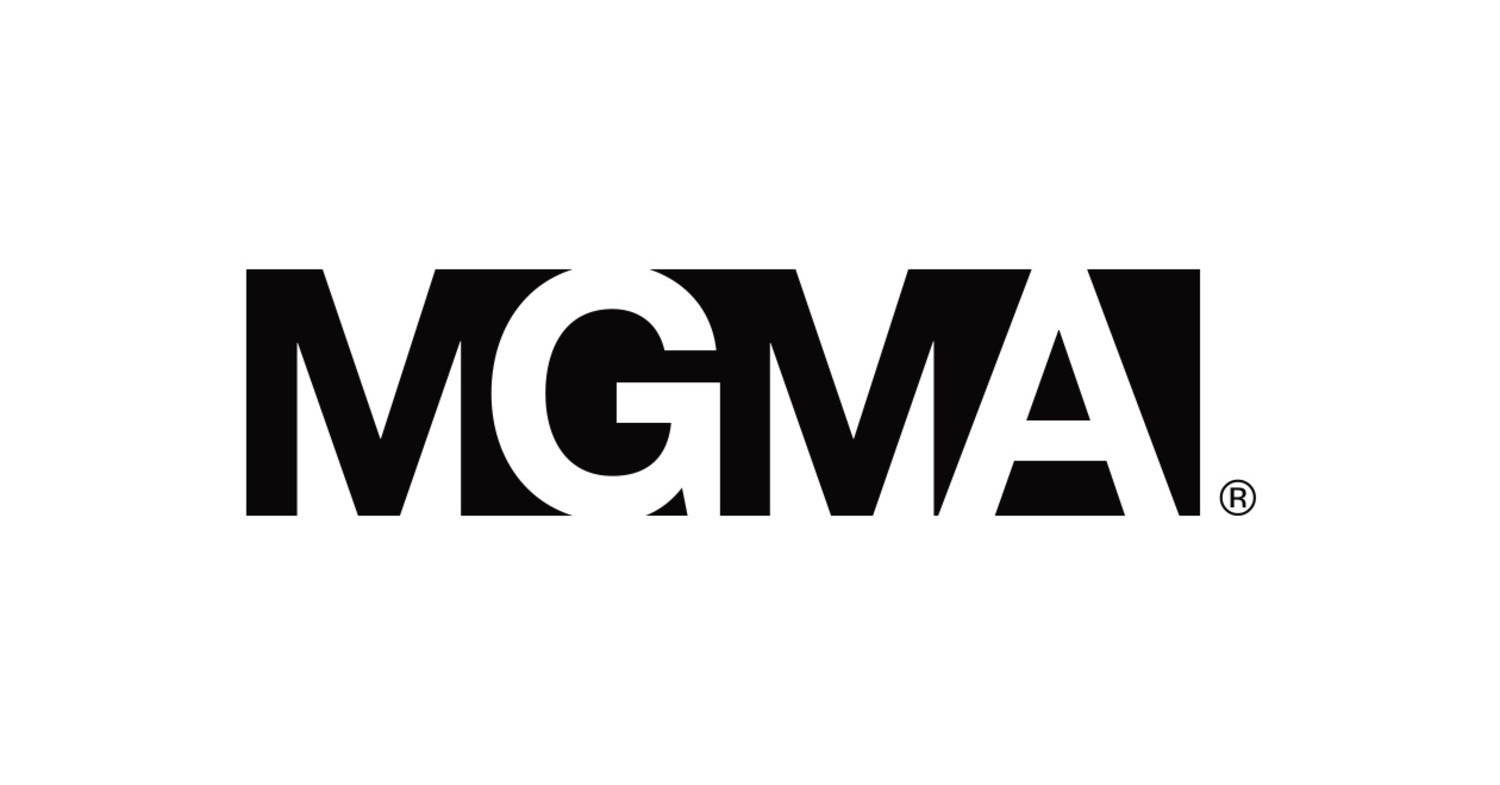The Medical Group Management Association’s 2023 Leader Conference in Nashville was an outstanding event with more than 2,000 attendees focused on the changing environment for and expectations of medical groups in today’s healthcare system.
There were the usual sessions on financial mastery, operational efficiency, and government affairs, but the heart of the MGMA event was the confluence of the current morale of providers with the growing expectations of healthcare consumers, i.e., patients.
Patients are truly in the driver’s seat as they become more active and engaged in their healthcare journey. As a result, they are also making purchasing choices differently than ever before. Thus, in many of the MGMA sessions, the content was based on how patient perceptions are shaped, the milestones and drivers that influence patient perceptions, and best practices for the increasingly empowered healthcare consumer.

How healthcare consumerism is changing patient experience
Medical groups are facing the realization that their customers have more choices than ever before as new emerging care models and more financial investment from private equity groups enter the equation.
Additionally, as the payment models change from fee-for-service to value-based reimbursement, financial rewards increase for paying more attention to the patient’s experience and their perception of quality.
Patient perceptions are built from direct observation as well as from word of mouth such as online reviews, social media groups, and solicitation of opinions from friends and peers. Moreover, patients are paying more attention what the employees are saying as well as the interactions between employees, for example, regarding teamwork and cooperation within the care team.
As a result, medical practitioners need to examine the subcomponents of the pre-visit experience accessing the appointment, the end-to-end office visit, including interactions with care providers and administrators, and the post-visit follow-up experience to truly understand the patient perception and experience.
Checking the vitals
When you’re looking to better understand the patient experience, here are some things you need to ask yourself:
- Can the patient secure an appointment on the same day or the next day, based on the urgency of their needs?
- How effectively are we listening to patients? How personalized of an experience are we providing?
- Are our exam rooms, waiting rooms, restrooms, and all aspects of our facilities clean and inviting?
- Are we anticipating our patient’s needs, communicating with them proactively, and identifying dissatisfaction at the earliest stages?
Even as you ask yourself these questions, the core question remains: How will we actually know the answer to all these questions?
It reminds me of the television commercials that show a series of people creating extremely dirty messes and the narrators repeatedly says “You’re gonna need more Tide (laundry soap)”.
Simply put: Medical groups need more dialogue with their patients.
There must be more available avenues for listening and feedback, and then have the capacity to respond to service recovery opportunities in real time. Patient surveys are ubiquitous in healthcare today and everyone feels “survey fatigue” from every service provider in their lives such as the auto dealership guy who makes it clear that his bonus is based on your rating of 10/10.
However, every survey doesn’t have to look like or feel like a survey – it can feel like proactive communication sent on behalf of the patient’s doctor that anticipated their needs. For instance, a recent patient bragged to her friends that her doctor “always checks up on me” after she received an electronic survey shortly after a change in her medication was made and the doctor inquired if she was taking her new medications.
The solution is clear
It was clear throughout MGMA’s 2023 Leader Conference that medical groups face a range of problems to address. As more time passes following the COVID-19 pandemic, physician and staff morale will continue to slowly improve. The consumerism movement of increasing patient expectations will be a driver of change in healthcare for years to come.
The good news is that strategies that systematically increase proactive dialogue with your patients have proven success time and again, and the results show long-term continuous improvement in both quality of patient care and the financial security that medical groups seek.






